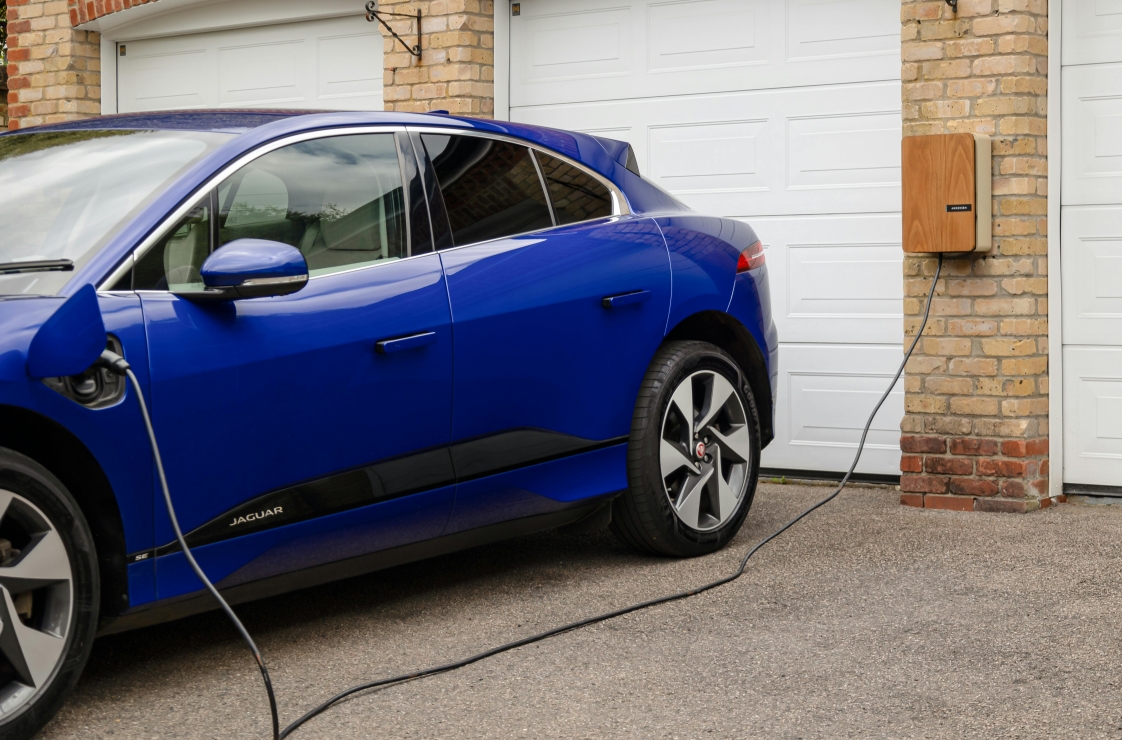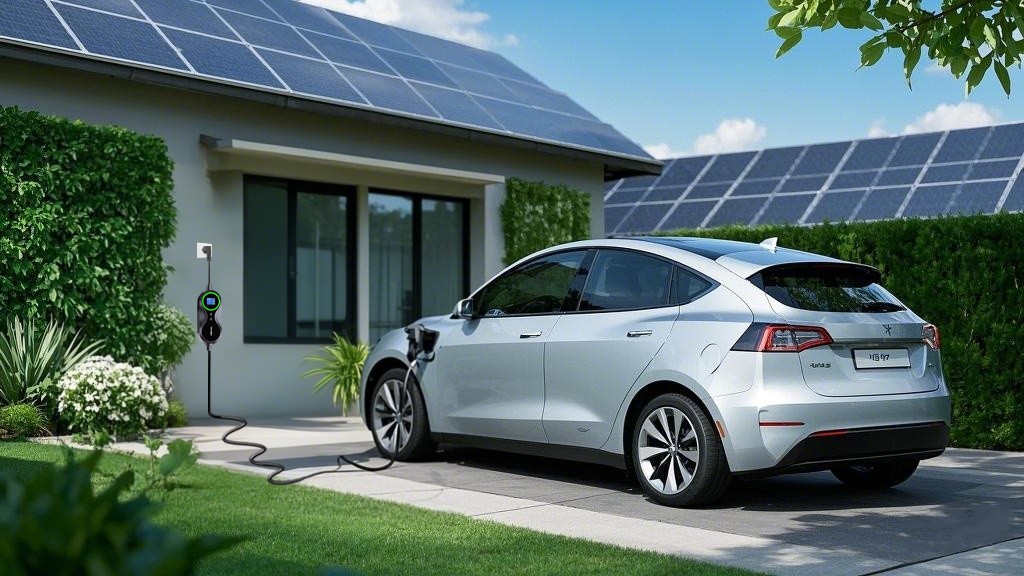Beyond the Leaf: How Nissan’s Charging Strategy is Evolving with the Ariya and the NACS Transition
For over a decade, the Nissan Leaf was synonymous with Nissan's electric ambitions. However, its reliance on the CHAdeMO fast-charging standard increasingly became a strategic limitation as the industry shifted toward the Combined Charging System (CCS) and, more recently, Tesla's North American Charging Standard (NACS). With the launch of the Ariya and a decisive pivot to NACS, Nissan's charging strategy is undergoing its most significant transformation, aiming to redefine convenience and competitiveness for its EV owners in North America and beyond.
The CHAdeMO Legacy and the Need for Change
The first-generation Nissan Leaf pioneered affordable mass-market electric vehicles. Its CHAdeMO charging port was a technological showcase in its era. However, as the EV market expanded, CHAdeMO's footprint in North America failed to keep pace with the growing CCS network and Tesla's vast Supercharger ecosystem. This left Leaf owners with increasingly limited public fast-charging options, potentially affecting the ownership experience and new customer adoption. Nissan recognized that to remain a key player in the modern EV landscape, a bold new direction was essential.
The Ariya: A Strategic Pivot to CCS and a New Era
The launch of the Nissan Ariya marked a crucial first step in this strategic evolution. Unlike the Leaf, the Ariya abandoned CHAdeMO for the more widely adopted CCS1 Combo port in North America. This immediately granted Ariya owners access to a much broader network of non-Tesla DC fast chargers, including those from major providers like Electrify America and EVgo.
Furthermore, the Ariya itself was designed with advanced charging capabilities, supporting rapid charging speeds that could add significant range in short periods, enhancing its suitability for longer journeys. This move to CCS signaled Nissan's intention to align more closely with industry trends and immediately improve the charging experience for its customers.
Embracing the Future: The NACS Transition for Nissan EV Charging
In a landmark announcement in July 2023, Nissan became the first Japanese automaker to commit to adopting Tesla's NACS standard in North America. This decision represented the most profound shift in Nissan's charging strategy and consisted of a clear two-phase plan:
* Adapter Access (2024): Nissan would provide a NACS-to-CCS adapter for owners of the Ariya and other CCS-equipped vehicles starting in 2024. This adapter allows drivers to connect directly to Tesla's extensive and reliable Supercharger network, which boasts over 12,000 stations in North America.
* Native Integration (2025): From 2025 onward, new Nissan electric vehicles sold in North America will feature a native NACS charge port, eliminating the need for an adapter and offering seamless access to Tesla Superchargers right from the factory.
This shift drastically expands the Nissan EV charger infrastructure available to owners. Overnight, Ariya drivers gained access to tens of thousands of additional reliable fast-charging points, significantly reducing range anxiety and making road trips far more practical.
The Leaf's Place in the New Strategy
A common question arises: What does this mean for existing Nissan Leaf owners? Unfortunately, due to fundamental technological differences between the CHAdeMO and NACS protocols, a simple adapter for Leaf vehicles to use Tesla Superchargers is not feasible. While Leaf owners will continue to rely on the existing CHAdeMO network and Level 2 charging, Nissan's future investments and innovations will be focused on its NACS-equipped vehicles. This transition highlights the challenges of evolving industry standards for owners of earlier-generation EVs.
Building a Cohesive Ecosystem: The Nissan Energy Charge Network
Beyond the plug itself, Nissan is also focusing on streamlining the charging experience through digital integration. The Nissan Energy Charge Network (NECN) aims to provide a unified platform for Ariya and future EV owners. Through the MyNISSAN app, drivers can:
* Locate compatible charging stations across multiple networks.
* View real-time availability.
* Initiate charging sessions.
* Manage payments seamlessly in one place.
This system integrates not only the new NACS-enabled Tesla Superchargers but also continues to include partners like Electrify America, ChargePoint, and EVgo, creating a comprehensive Nissan EV charger ecosystem that prioritizes convenience and ease of use.
Looking Ahead: The Global Picture and Future Innovations
Nissan's charging strategy evolution is a key component of its broader "Ambition 2030" vision, which targets significant electrified sales penetration by the end of the decade. The adoption of NACS is a clear nod to the importance of a standardized, robust, and user-friendly charging infrastructure in achieving these goals, particularly in the critical North American market.
Globally, Nissan continues to explore and invest in next-generation charging technologies. This includes significant developments in Vehicle-to-Grid (V2G) technology, which the Leaf has supported for years. Nissan has announced plans to launch a more affordable, integrated bidirectional Nissan EV charger by 2026, potentially expanding this capability to more models and markets, allowing EVs to serve as energy resources for homes and grids.
Conclusion: A Necessary Evolution for a Competitive Future
Nissan's journey from the CHAdeMO-based Leaf to the NACS-equipped Ariya and future models represents a necessary and strategic evolution. It demonstrates a pragmatic response to market demands and a commitment to removing charging barriers as a key obstacle to EV adoption. By embracing NACS and building a more cohesive charging ecosystem, Nissan is not only future-proofing its vehicles but also signaling its determination to remain a relevant and competitive force in the global electric vehicle market. For owners, this translates to fewer hurdles, more freedom on the road, and a significantly enhanced overall electric driving experience.
Last Updated on September 19, 2025 by tayniu



